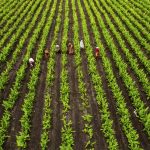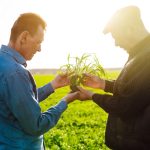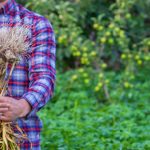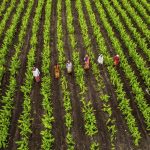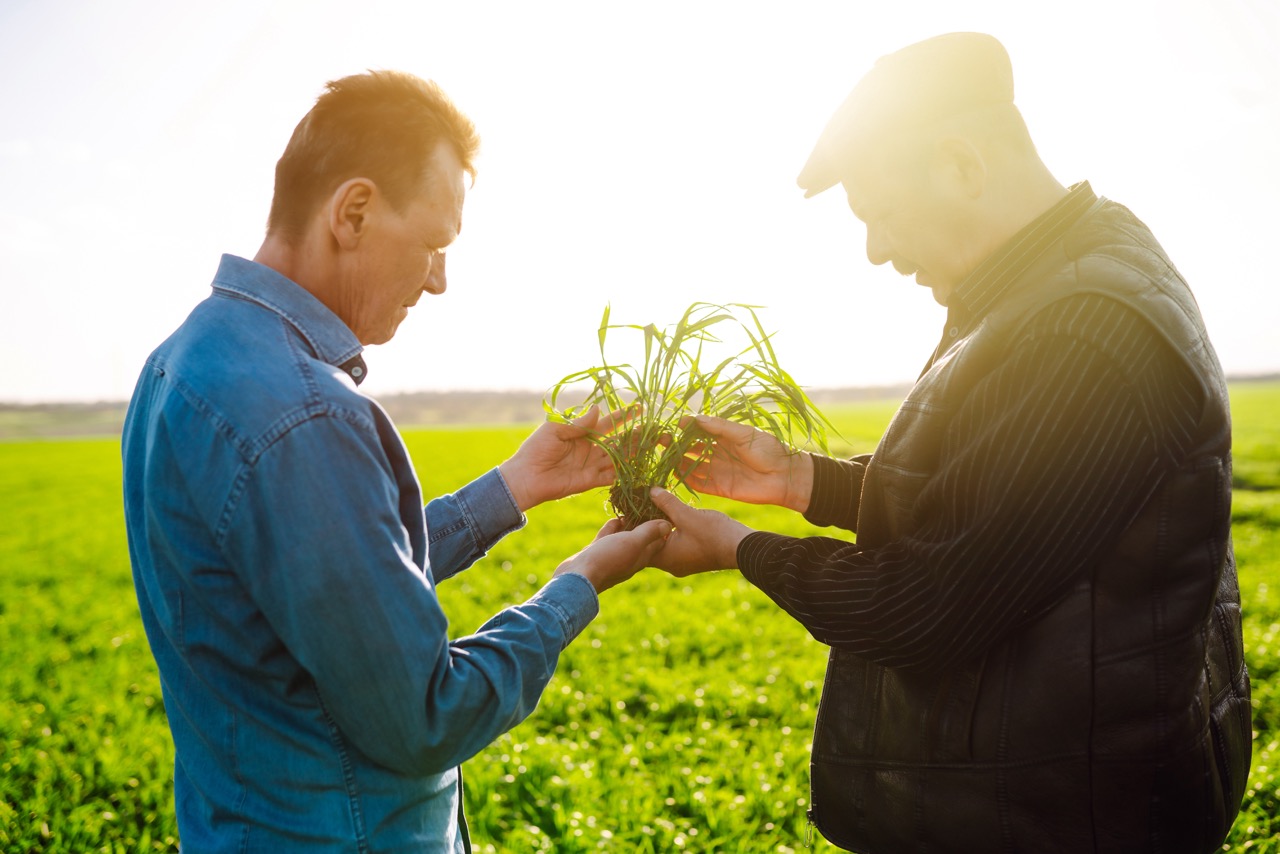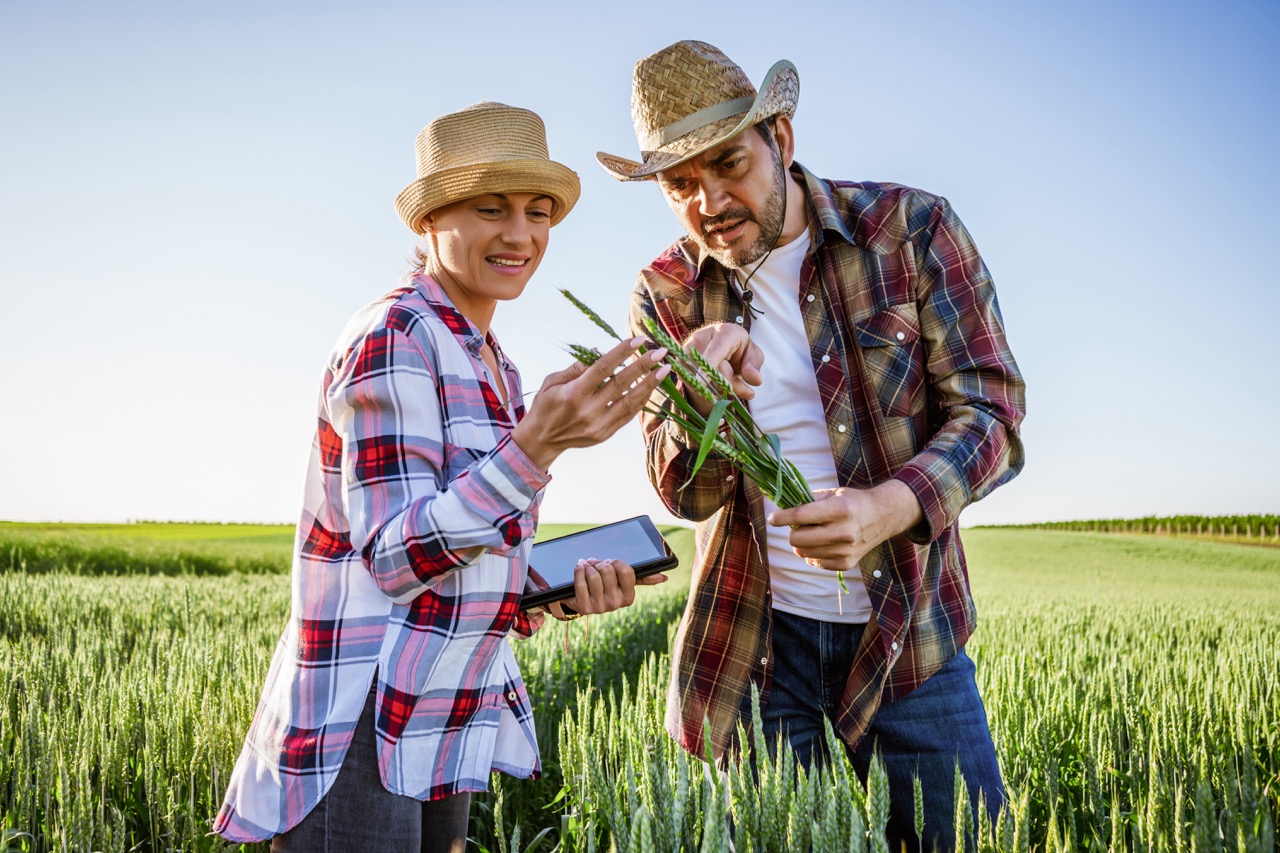As the world grapples with the growing demands of food production, the agricultural sector stands on the brink of a technological revolution. The rise of automation and robotics promises to transform traditional farming practices into a more efficient, sustainable, and productive system. Through advanced technologies, farmers can increase their yield while reducing their environmental footprint. However, this shift also raises questions about the future role of human labor in agriculture and the challenges associated with integrating these new technologies into existing practices.
The Rise of Automation: Transforming Agriculture Practices
The advent of automation in agriculture represents a pivotal shift in how food is produced. With the integration of machinery and smart technology, farming is evolving from manual labor-intensive methods to more efficient automated systems. Innovations such as precision farming tools, drones, and automated irrigation systems allow for better resource management and crop monitoring. Farmers can now access real-time data that informs their decisions, optimizing planting, watering, and harvesting schedules. This increased efficiency not only boosts productivity but also helps mitigate the impact of climate variability.
Moreover, automation alleviates some of the labor shortages that many agricultural sectors are facing. With a declining workforce willing to engage in manual farming tasks, the introduction of machines enables farmers to maintain production levels without relying solely on human labor. For instance, robotic harvesters can gather crops faster and more accurately than human hands, reducing waste and improving overall yield. As these technologies become more mainstream, the farming landscape is set for transformative changes that could redefine agricultural practices worldwide.
However, the rise of automation comes with its own set of challenges. Smaller farms may struggle to invest in expensive technological solutions, leading to a potential divide between large-scale commercial farms and smaller family-run operations. Furthermore, as automation increases productivity, it may inadvertently contribute to overproduction, leading to fluctuations in market prices and sustainability issues. The future will require careful planning and policy-making to ensure equitable access to technology for all farmers, regardless of their size or resources.
Robotics in Farming: Enhancing Efficiency and Sustainability
The integration of robotics into farming has opened new avenues for enhancing both efficiency and sustainability. Robotic systems, such as autonomous tractors and drones, offer precision agriculture capabilities that allow farmers to monitor crops and apply inputs more accurately. This targeted approach not only maximizes yields but also minimizes waste and reduces the environmental impact of farming practices. By using robotics, farmers can optimize pesticide and fertilizer application, ensuring that these chemicals are used only when and where they are needed.
Furthermore, robotic technologies contribute to sustainable farming by enabling practices like soil health monitoring and crop rotation strategies. Advanced sensors can gather data about soil conditions, water availability, and crop health, allowing farmers to make informed decisions about their farming practices. This data-driven approach supports sustainable practices that promote soil conservation and biodiversity, ultimately leading to healthier ecosystems. As these technologies continue to evolve, they hold the potential to create a more resilient agricultural system that can better withstand the challenges posed by climate change.
On a broader scale, the rise of agricultural robotics could significantly contribute to food security globally. With the world population expected to reach nearly 10 billion by 2050, the pressure on agricultural systems to produce more food sustainably will intensify. Robotics can help meet this challenge by increasing efficiency and output, allowing farmers to maximize their resources while minimizing their environmental impact. The transition towards robotic farming may ultimately be a key component in ensuring that we can feed a growing population in an increasingly resource-constrained world.
Challenges Ahead: Balancing Technology and Traditional Methods
While automation and robotics present exciting opportunities for the future of farming, there are significant challenges that must be addressed. One of the primary concerns is the potential displacement of farm workers due to increased automation. As robots and machines take over repetitive tasks, the agricultural workforce may shrink, leading to economic and social repercussions in rural communities. Ensuring that these individuals have access to retraining programs and opportunities in other sectors will be crucial for maintaining stability in farming regions.
Additionally, there is a risk that reliance on technology could undermine traditional farming methods that have proven effective over generations. Practices such as crop rotation, intercropping, and organic farming have been developed through extensive experience and knowledge of local ecosystems. While technology can enhance these practices, an over-reliance on automation may lead to a loss of agricultural biodiversity and the erosion of traditional skills. Striking a balance between innovative methods and time-honored practices will be essential for the sustainable future of agriculture.
Finally, regulatory hurdles pose another challenge to the widespread adoption of automated farming technologies. Governments must create policies that promote innovation while ensuring safety and environmental protection. This includes establishing standards for the use of drones, autonomous vehicles, and other robotics in agricultural settings. Additionally, as data collection becomes a cornerstone of modern farming, issues related to data ownership and privacy will need to be addressed. A collaborative effort among farmers, tech developers, and policymakers will be vital in navigating these complexities and ensuring a seamless integration of technology into the agricultural landscape.
Future Insights: What Automation Means for Farmers Worldwide
The future of farming lies at the intersection of technology and tradition, with automation and robotics poised to play a central role in redefining agricultural practices. For farmers worldwide, this shift holds the promise of increased productivity and enhanced sustainability, but it also necessitates a reevaluation of current practices and workforce dynamics. As automation becomes more prevalent, farmers must adapt to new technologies and develop a deeper understanding of data-driven agriculture to remain competitive in the marketplace.
Moreover, the global agricultural community must engage in knowledge-sharing and collaboration to ensure that the benefits of automation are widely distributed. By fostering partnerships between tech companies, agricultural research institutions, and farmers, stakeholders can work together to develop solutions that address local challenges and harness the full potential of automation. Such collaborative efforts can help ensure that smallholder farmers, who represent a significant portion of global agriculture, are not left behind in this technological revolution.
Ultimately, the future of farming will be characterized by a blend of advanced technology and traditional knowledge. As the industry navigates this transition, ongoing dialogue about the ethical implications of automation, the importance of preserving traditional practices, and the need for inclusive policies will be paramount. By prioritizing these discussions, the agricultural sector can move towards a future that embraces innovation while respecting its roots, fostering a sustainable food system for generations to come.
In conclusion, the future of farming is undeniably interwoven with the advancements of automation and robotics. While these technologies present exciting opportunities for increased efficiency and sustainability, they also come with challenges that must be addressed to ensure a balanced transition. As the agricultural sector continues to evolve, it is imperative that all stakeholders work collaboratively to harness the benefits of innovation while preserving the essential elements of traditional farming practices. By doing so, we can pave the way for a resilient and sustainable agricultural future that meets the needs of a growing global population.
